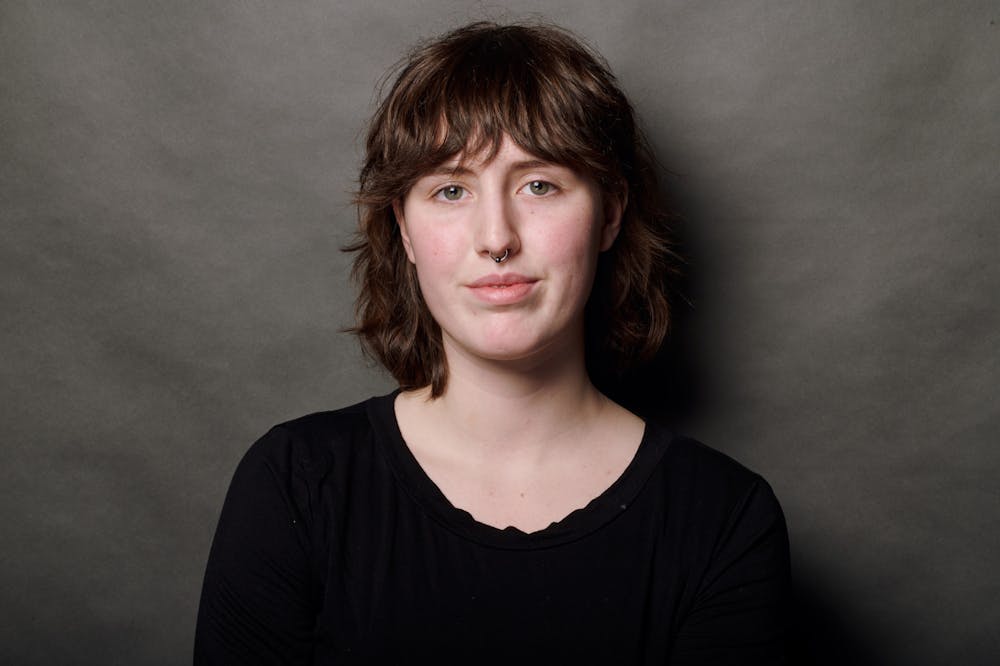Right now, no social media is more popular than TikTok. In March there were 150 million American users on the app, and over 60% of these users are Gen Z, or people born between 1996 and 2012. The app tailors toward users' interests, showing users videos they are likely to enjoy. Many of the videos on the app follow trends from viral videos and popular influencers, but TikTok trends follow a rapid cycling in and out of what is trending. Many of these trends are all in good fun, but some promote excessive buying of trendy products and result in overconsumption.
Any product can become trendy: toys, food, beauty products, clothes, decorations and more; the list goes on. The most environmentally devastating trend is clothing hauls, but more specifically, SHEIN hauls. SHEIN is the most popular fast-fashion brand because of its extremely low prices and clothes that appeal to fashion trends. Consumers can buy 10 pieces of clothing from SHEIN for the price of one shirt at competing retailers like ZARA or Urban Outfitters.
There are thousands of videos under the search “SHEIN haul.” These videos reinforce buying clothes from SHEIN as trendy and fun without acknowledging the low quality of the clothes and unnecessary overconsumption. Reusable water bottles have also fallen victim to overconsumption, the latest being the Stanley Cup. While this trend may seem positive for encouraging reusable bottles, many users are collecting the cups in different colors or merely buying them because of the buzz on TikTok. Buying a water bottle just to replace it with a newer, trendier one defeats the purpose of owning a reusable water bottle.
TikTok created a new era of content producers, a.k.a. influencers. The job of an influencer is simple: influence. Similar to YouTubers, TikTok influencers produce content that appeals to their followers, and in exchange, their followers promote their content and gain them more followers.
Naturally, influencers sport the latest fashion and beauty products, so while it may not be intentional, the clothes they wear and the products they use entice their followers to buy similar merchandise. The difference between influencers and their followers is that influencers can afford to buy new, trendy products constantly, whereas their followers cannot. However, this has not stopped Gen-Z from trying to keep up, data from Mintel suggests “Gen Z out-consumes older generations when it comes to fashion.” Gen Z is willing to spend lots of money on clothes to express their authenticity or conformity, yet another reason why they are likely to turn to fast fashion.
Trends and influencers are not the only attributes for excessive buying, as the app itself influences which videos users see. The TikTok algorithm shows users videos related to the ones they have already interacted with. The algorithm goes beyond monitoring likes, comments and shares by also tracking how long users watch a particular video. So, if a user just watches a video promoting a certain product, the algorithm will send similar videos to the user’s feed. The repetition of seeing the same or similar products several times influences users to buy the product. This is amplified when the product is tastefully paired with a popular influencer or video with a high like count.
What do you get when you combine a highly personalized algorithm, influencers touting products they enjoy and millions of people participating in trends? A foolproof marketing strategy. People use TikTok to enjoy original content and interact with videos suited to their interests, so users are inclined to purchase products they see on TikTok because they don’t perceive it as advertising. However, these interests change daily because the content presented to users changes daily. If you are Gen Z and a TikTok user, the next time you see a product you want, ask yourself what is influencing you to like it before you click “buy.”
Taylor Henninger is a junior studying journalism at Ohio University. Please note that the views and opinions of the columnist do not reflect those of The Post. Do you agree? Tell Taylor by emailing her at th873120@ohio.edu.






